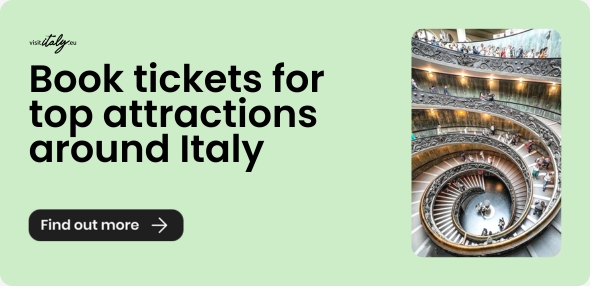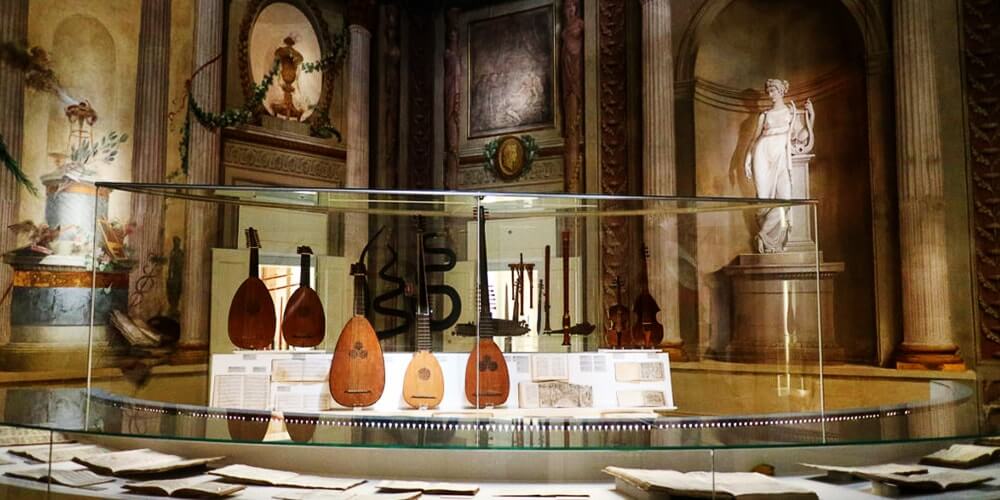National Art Gallery of Bologna and Pepoli Campogrande Palace Collection
A second branch of National Art Gallery is hosted In Pepoli Campogrande Palace. The majestic Palace dates back to the 60s of 17th century and it was commissioned by the Pepoli, one of the most important senatorial families in Bologna. The rooms are extensively decorated by splendid frescoes by the most prominent Bolognese artists of the time, including Crespi, Canuti, Rolli e Creti. In such a stunning location part of the Zambeccari family paintings collection is exhibited.

International Museum and Library of Music
History of Bologna Museum
St. Colombano Oratory and Tagliavini Collection
Archaeological Civic Museum
Civic Medieval Museum
Industrial Heritage Museum
Modern Art Museum and Morandi Museum
About the author
Written on 15/03/2018



Redazione Visit Italy
Travel information, tips from locals and stories you didn't know. The voice of Visit Italy tells you about Italy in the most authentic way.